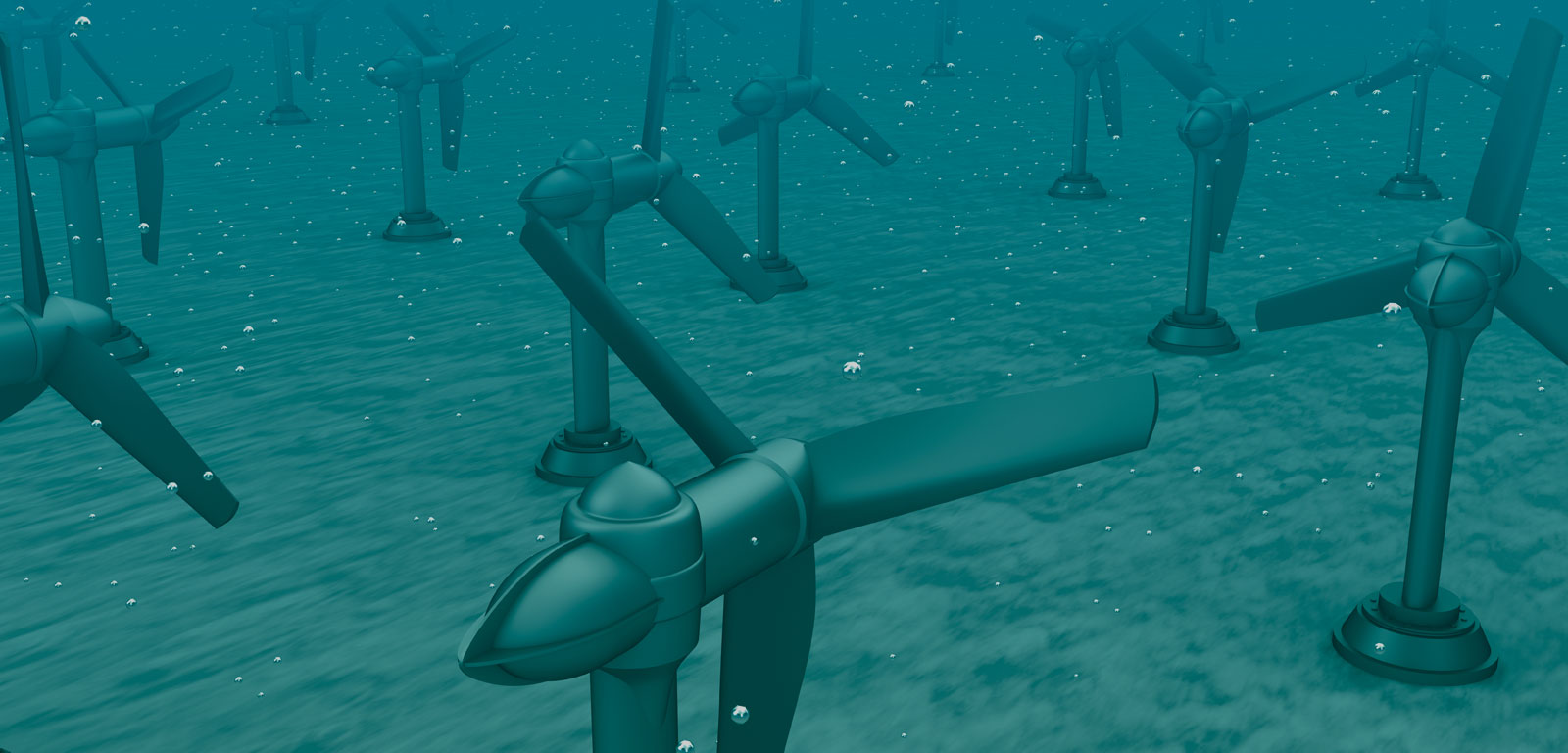Subject
Wind Energy Engineering
General details of the subject
- Mode
- Face-to-face degree course
- Language
- English
Description and contextualization of the subject
This module aims to introduce students to wind energy theory and technology, resource assessment and wind farm site development.Teaching staff
| Name | Institution | Category | Doctor | Teaching profile | Area | |
|---|---|---|---|---|---|---|
| BLANCO ILZARBE, JESUS MARIA | University of the Basque Country | Profesorado Titular De Universidad | Doctor | Not bilingual | Fluid Mechanics | jesusmaria.blanco@ehu.eus |
| EGUIA LOPEZ, PABLO | University of the Basque Country | Profesorado Agregado | Doctor | Not bilingual | Electrical Engineering | pablo.eguia@ehu.eus |
| ESTEBAN ALCALA, GUSTAVO ADOLFO | University of the Basque Country | Profesorado Titular De Universidad | Doctor | Not bilingual | Fluid Mechanics | gustavo.esteban@ehu.eus |
Competencies
| Name | Weight |
|---|---|
| Understand how wind is generated and influenced by global, regional and local factors and quantify the wind energy resource | 10.0 % |
| Analyse the performance of a complete wind farm design, including turbines and their subsystems (e.g. rotors, control systems), wakes, balance of plant and grid connection | 40.0 % |
| Explain environmental and social impacts of wind energy and the wind farm development, operation and decommissioning phases | 40.0 % |
| Read wind energy forecasts and extract and apply the necessary information to make operational decisions | 10.0 % |
Study types
| Type | Face-to-face hours | Non face-to-face hours | Total hours |
|---|---|---|---|
| Lecture-based | 24 | 51 | 75 |
| Seminar | 16 | 4 | 20 |
| Applied classroom-based groups | 10 | 20 | 30 |
Training activities
| Name | Hours | Percentage of classroom teaching |
|---|---|---|
| Classroom/Seminar/Workshop | 10.0 | 100 % |
| Individual study | 51.0 | 0 % |
| Lectures | 24.0 | 100 % |
| Seminars | 16.0 | 100 % |
| Student's personal work | 4.0 | 0 % |
| Work preparation | 20.0 | 0 % |
Assessment systems
| Name | Minimum weighting | Maximum weighting |
|---|---|---|
| Drawing up reports and presentations | 5.0 % | 20.0 % |
| Internship Report/Summary | 5.0 % | 20.0 % |
| Written examination | 70.0 % | 90.0 % |
Learning outcomes of the subject
Outline the origin of global, geostrophic and surface windsExplain the impact of surface roughness and orography on wind speed profiles
Calculate wind speed at a given height using the log law and power law
Derive the Betz equation for wind power extraction using an idealized wind turbine
Discuss different approaches to wind power forecasting and the relative benefits and limitations of each
Apply aerodynamic theory to analyse passive and active wind turbine stall control operations
Prepare a site visit report for a wind farm
Model wind farm energy production using appropriate wind farm software tools.
Temary
Lesson 1. Introduction to wind energy industry, historical development and current statusLesson 2. Wind characteristics and resources. Vertical Wind Profile.
Lesson 3. Terrain Effects. Available Wind Power.
Lesson 4. Aerodynamics. Rotors. Blade Element Momentum Method. Wakes.
Lesson 5. Wind Turbine Systems and Control.
Lesson 6. Wind Measurement and Resource Assessment
Lesson 7. Electrical technology for wind turbine generators. Grid Integration.
Lesson 8. Noise impacts
Lesson 9. Wind Farm Design I : Weibull Statistics, Measure-Correlate-Predict ENERGY Yield
Lesson 10. Wind Farm Design II: Layouts, Array Effects UNCERTAINTY
Lesson 11. Operations and Maintenance; Decommissioning
Lesson 12. Wind Forecasting
Bibliography
Basic bibliography
Wind Energy Explained ¿ theory, design and application by J.F. Manwell, J.G. McGowan and A.L. Rogers. Published by Wiley.Burton et al, 2012, Wind Energy handbook, 2nd Ed., Wiley
Wind Power Plants ¿ fundamentals, design, construction and operation by Robert Gasch and Jochen Twele. Published by Solarpraxis AG, Germany in association with James and James Ltd.
Wind Energy ¿ The Facts [online] https://www.wind-energy-the-facts.org/


